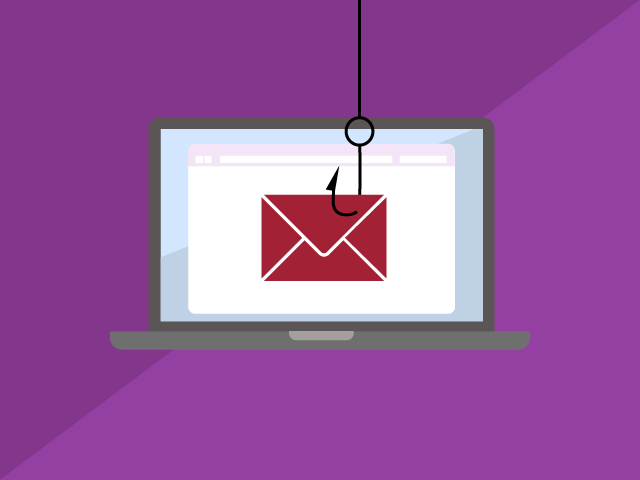
Phishing attacks are one of the most common and successful ways that cybercriminals use to gain access to sensitive data and systems. These attacks have become more sophisticated over the years, making it increasingly difficult for employees to detect them. As a result, organizations need to take proactive measures to prevent phishing attacks from succeeding. One of the most effective ways to do this is by implementing phishing simulation controls.
Phishing simulation controls are tools that organizations use to test and train their employees on how to recognize and respond to phishing attacks. These controls simulate real-life phishing attacks and provide employees with immediate feedback on their responses. Here are some reasons why your organization needs phishing simulation controls:
To Reduce the Risk of Phishing Attacks
Phishing attacks are on the rise, and they can have a devastating impact on your organization. A successful phishing attack can result in the theft of sensitive data, financial loss, and damage to your reputation. By implementing phishing simulation controls, you can reduce the risk of these attacks by training your employees to recognize and respond to them.
To Educate Employees on Phishing Techniques
Phishing attacks are constantly evolving, and it can be challenging for employees to keep up with the latest techniques used by cybercriminals. Phishing simulation controls provide an opportunity for employees to learn about different types of phishing attacks, such as spear-phishing and whaling, and how to identify them.
To Improve Cybersecurity Awareness
Phishing simulation controls can help to improve cybersecurity awareness within your organization. By regularly testing your employees with simulated phishing attacks, you can keep cybersecurity at the forefront of their minds and encourage them to be more vigilant about suspicious emails and links.
To Identify Vulnerabilities in Your Security Infrastructure
Phishing simulation controls can also help to identify vulnerabilities in your security infrastructure. By monitoring how employees respond to simulated attacks, you can identify weaknesses in your security controls and take corrective action to address them.
To Comply with Regulations
Many industries are subject to regulations that require organizations to implement cybersecurity controls. Phishing simulation controls can help to meet these requirements by providing evidence that your organization is taking proactive measures to prevent phishing attacks.
In conclusion, phishing attacks are a real and growing threat to organizations of all sizes. Implementing phishing simulation controls can help to reduce the risk of these attacks, educate employees on phishing techniques, improve cybersecurity awareness, identify vulnerabilities in your security infrastructure, and comply with regulations. By investing in these controls, you can help to protect your organization from the devastating consequences of a successful phishing attack.
Phishing simulation controls are tools that organizations use to test and train their employees on how to recognize and respond to phishing attacks. These controls simulate real-life phishing attacks and provide employees with immediate feedback on their responses. Here are some reasons why your organization needs phishing simulation controls:
To Reduce the Risk of Phishing Attacks
Phishing attacks are on the rise, and they can have a devastating impact on your organization. A successful phishing attack can result in the theft of sensitive data, financial loss, and damage to your reputation. By implementing phishing simulation controls, you can reduce the risk of these attacks by training your employees to recognize and respond to them.
To Educate Employees on Phishing Techniques
Phishing attacks are constantly evolving, and it can be challenging for employees to keep up with the latest techniques used by cybercriminals. Phishing simulation controls provide an opportunity for employees to learn about different types of phishing attacks, such as spear-phishing and whaling, and how to identify them.
To Improve Cybersecurity Awareness
Phishing simulation controls can help to improve cybersecurity awareness within your organization. By regularly testing your employees with simulated phishing attacks, you can keep cybersecurity at the forefront of their minds and encourage them to be more vigilant about suspicious emails and links.
To Identify Vulnerabilities in Your Security Infrastructure
Phishing simulation controls can also help to identify vulnerabilities in your security infrastructure. By monitoring how employees respond to simulated attacks, you can identify weaknesses in your security controls and take corrective action to address them.
To Comply with Regulations
Many industries are subject to regulations that require organizations to implement cybersecurity controls. Phishing simulation controls can help to meet these requirements by providing evidence that your organization is taking proactive measures to prevent phishing attacks.
In conclusion, phishing attacks are a real and growing threat to organizations of all sizes. Implementing phishing simulation controls can help to reduce the risk of these attacks, educate employees on phishing techniques, improve cybersecurity awareness, identify vulnerabilities in your security infrastructure, and comply with regulations. By investing in these controls, you can help to protect your organization from the devastating consequences of a successful phishing attack.

